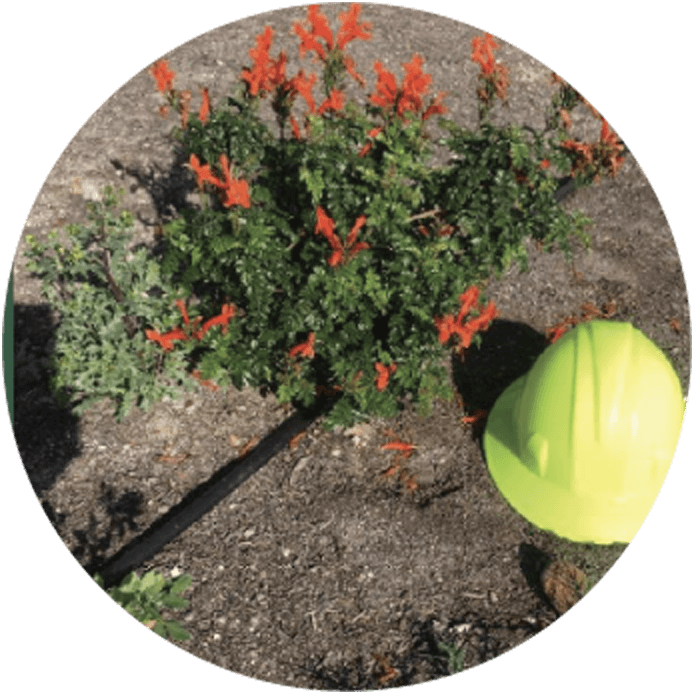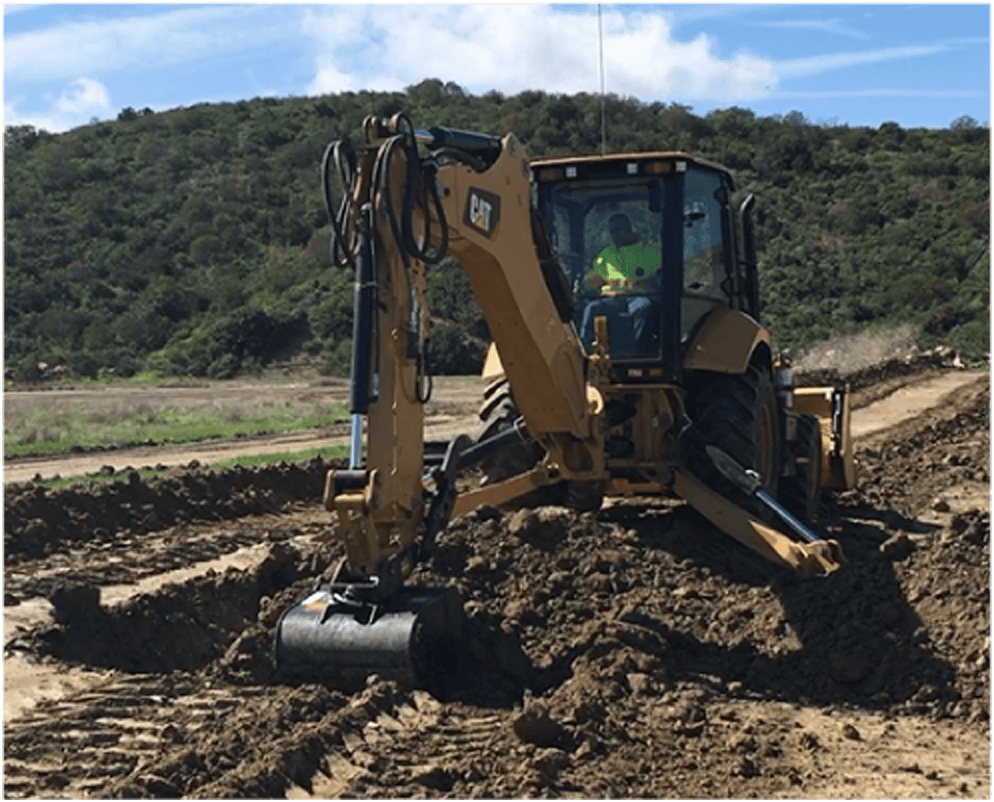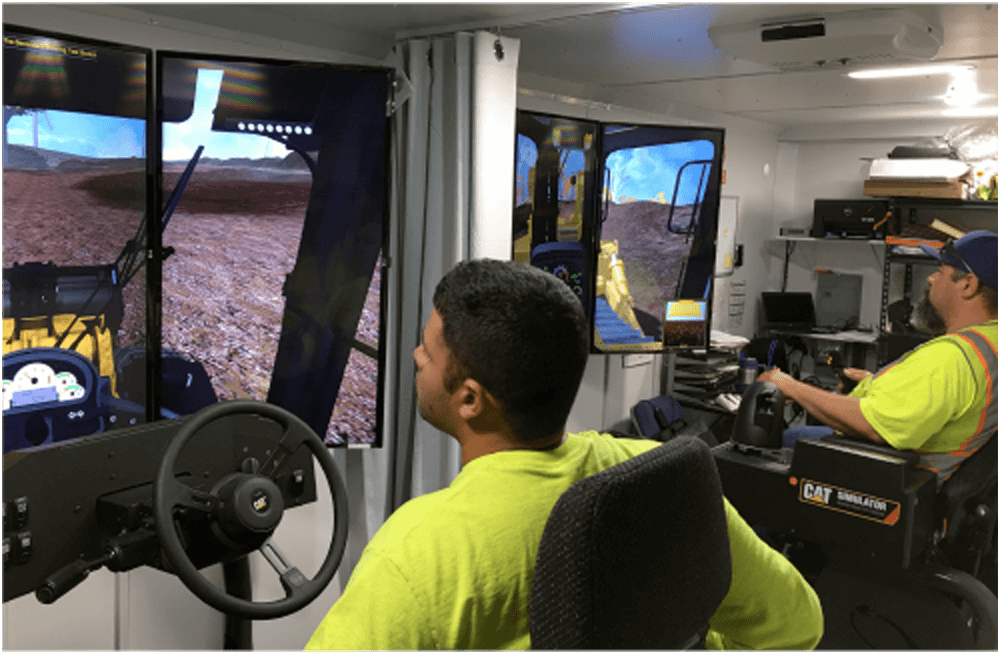Among highlights reflecting progress and continuing improvement, OCWR received a major safety program award from the waste industry’s leading professional association, SWANA (Solid Waste Association of North America). Our OC Safety program was recognized as the nation’s best safety program for improvement and innovation. OC Safety brings all safety-related administration together in a single, automated system. We use it to document training, safety inspections, near misses, incidents, and injuries. It enables easy and instantaneous tracking of near misses, incidents and injuries, providing valuable trend analysis systemwide.
We also saw the positive impact of a program conceived in 2018 and launched in 2019 to codify and make consistent our Standard Operating Procedures (SOP). The SOPs are compiled in the OCWR Playbook, which is available as a digital tool. Its purpose is to provide a clear, simple and standardized method for every job that is performed by every landfill position.





